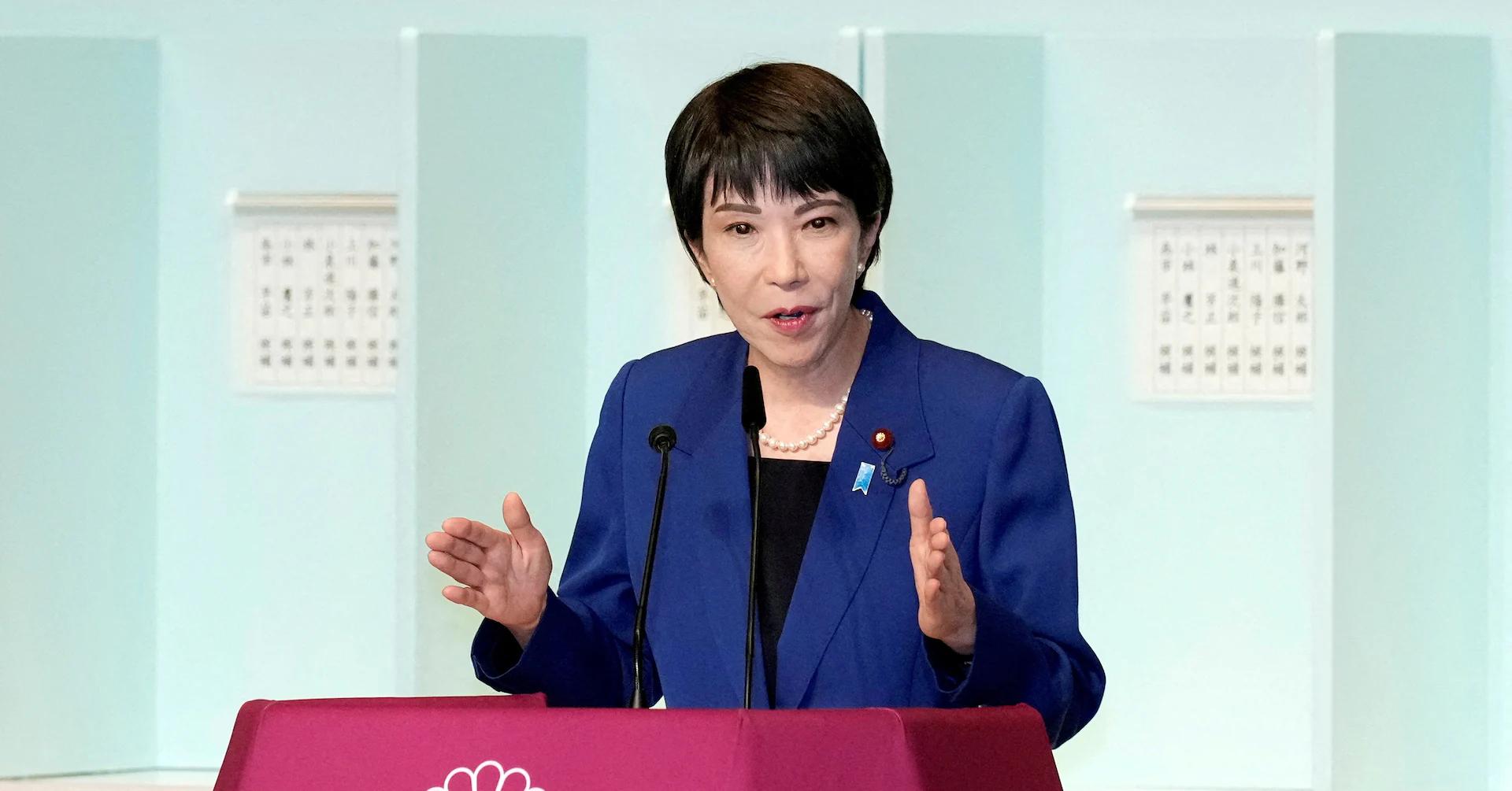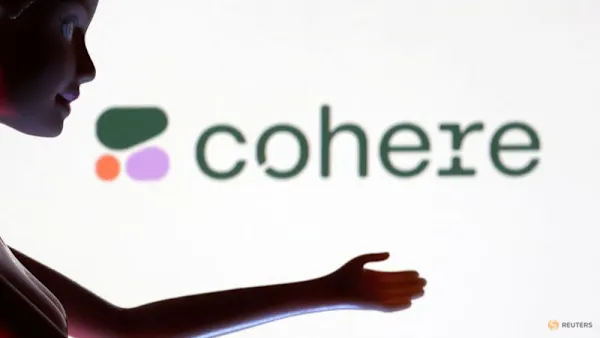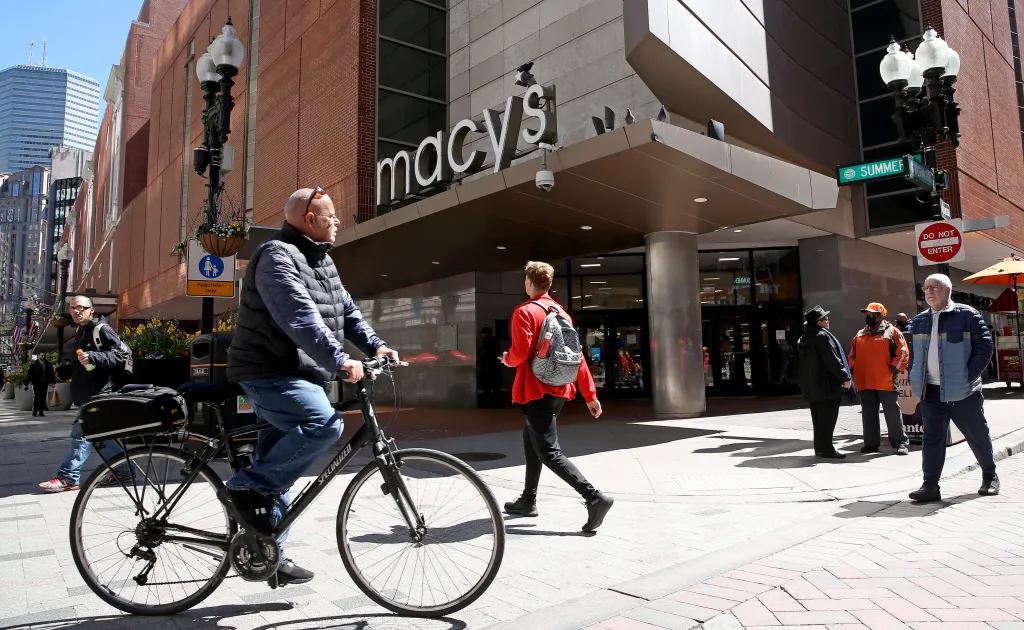BOJ may raise rates in October even if Takaichi wins leadership race, says ex-c.bank official

TOKYO, Sept 18 (Reuters) – The Bank of Japan could raise interest rates in October even if Sanae Takaichi, a proponent of aggressive monetary easing, wins the ruling party’s leadership race and becomes the next premier, former central bank executive Tomoyuki Shimoda said on Thursday.
Seen as a leading candidate to win the race on October 4, Takaichi stands out for her vocal opposition to the BOJ’s rate hikes and her calls to ramp up spending to reflate the economy.
Sign up here.
The prospect of her becoming Japan’s next prime minister has led some market players to buy yen and Japanese government bonds on the view it could discourage the BOJ from hiking rates.
But Shimoda, who has experience serving at the BOJ’s monetary affairs department, expects the outcome of the leadership race, including a possible victory by Takaichi, to have a limited impact on monetary policy.
“While she could advocate bigger fiscal spending, I doubt Takaichi can pursue policies that could weaken the yen,” Shimoda told Reuters in an interview.
A weak yen gives exports a boost, but it has been a source of concern for policymakers because it lifts import costs and has been a factor in inflation staying well above the BOJ’s 2% target.
A yen fall below 150 to the dollar may also draw complaints from the U.S. administration, which is pursuing a weak-dollar policy that would give U.S. exports a boost, Shimoda said.
The BOJ will likely raise rates at its October 29-30 meeting if stock prices stay firm and its “tankan” business sentiment survey, due on October 1, does not worsen much, he said.
“Corporate profits aren’t bad and structural labour shortages will push up wages. Persistent rises in food costs will also keep inflation elevated,” said Shimoda, who is currently an academic at Japan’s Rikkyo University.
“The environment for a rate increase is falling into place.”
The BOJ is widely expected to keep interest rates steady at 0.5% at a two-day meeting ending on Friday.
A Reuters poll showed a majority of economists expect another 25-basis-point hike by year-end. But those surveyed were split on the timing, with bets centring on October and January.
Takaichi is known as an advocate of an “Abenomics”-style mix of fiscal and monetary stimulus. Under deceased premier Shinzo Abe, the BOJ deployed a huge asset-buying programme in 2013 to pull Japan out of deflation. Her main rival is Shinjiro Koizumi, whose views on BOJ policy are little known.
The BOJ exited its massive, decade-long stimulus last year and raised short-term rates to 0.5% in January on the view Japan was on the cusp of durably achieving its 2% inflation target.
With inflation staying above 2% for well over three years, the BOJ has signalled its readiness to keep hiking rates.
The yen’s moves have historically had a major impact on BOJ decisions. Its exit from ultra-loose policy and a hike in rates to 0.25% last year came at a time when the yen’s plunge to near two-decade lows drew political calls for higher rates.
After sliding past 160 per dollar last year, the yen is now hovering around 146.
Reporting by Leika Kihara; Editing by Jamie Freed



